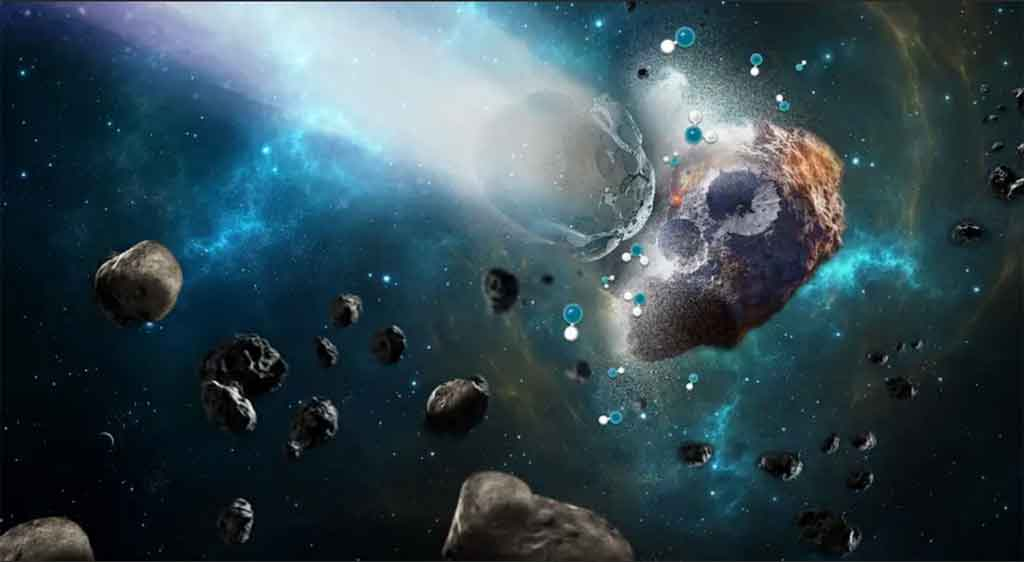
Astronomers are monitoring asteroid 2024 YR4 to learn details about its shape, origin, and three-dimensional representation, which today makes it one of the largest objects in recent history that could impact the Moon.
The asteroid has been the subject of monitoring that has revealed new details such as that it has an unusual shape, reminiscent of a hockey puck, and a diameter of 30 to 65 meters.
The Gemini South telescope, located in Cerro Pachón (Chile), detailed that its origin would be the center of the main asteroid belt (between the orbits of Mars and Jupiter) and that it would be type S, that is, with a composition rich in silicates.
The team of astronomers also constructed a three-dimensional representation of 2024 YR4, using images of the asteroid at multiple wavelengths to perform a detailed analysis of its light curve, which allowed the team to determine its composition, orbital characteristics, and three-dimensional shape.
The analysis also reveals that the asteroid has a rapid rotation period, approximately one rotation every 20 minutes, as well as "a peculiar shape similar to that of a hockey puck."
This finding was quite unexpected, since it is believed that most asteroids are shaped like a potato or a toy top and not a flat disk, in the words of Bryce Bolin, from the Eureka Scientific association and one of those involved in the study.
Considering these orbital characteristics, the team determined that 2024 YR4 likely originated in the main asteroid belt, with a high probability of being disturbed to its current near-Earth orbit due to gravitational interactions with Jupiter.
At the beginning of February, that rock caught everyone's attention due to the possibility of it hitting our planet in December 2032. The possibility reached 3.1 percent, which isn't much, but enough to activate various tracking systems. A few weeks later, it was reduced to 0.001 percent, practically ruling out the danger.
However, the potential danger has shifted toward the Moon, as there is a small chance it could impact the satellite, the National Optical-Infrared Astronomy Research Laboratory (NOIRLab), on which Gemini Sur depends, said in a statement.
Specifically, there is a 3.8 percent chance of it hitting the Moon. Even if that happens, NASA assures that the lunar orbit will not be altered. (Text and photo: PL)